Top 3 AI Tools Transforming Digital Artistry
Top 3 AI Tools Transforming Digital Artistry
In the dynamic sphere of digital artistry, artificial intelligence (AI) has become an influential player, altering how artists craft and modify their work. This piece looks at the top three AI tools that are reshaping digital artistry's future. Ranging from AI-assisted image editing tools, generative adversarial networks (GANs) used for creating art, to AI-driven style transfers and filters, these advanced technologies are empowering artists to extend their creative limits and bring forth stunning works of art.
Given the constant advancements in technology, it's no surprise that AI has made its way into the realm of digital artistry. The influence of AI is not just limited to aiding artists in creating art but also extends to how the art is manipulated and presented. So, what tools are artists using to stay ahead of the curve?
AI-Assisted Image Editing Tools: With the help of AI, image editing has become more precise and efficient. These tools can learn from previous edits and apply similar changes to new images, saving artists a considerable amount of time and effort.
Generative Adversarial Networks (GANs): These are a type of AI algorithms used in unsupervised machine learning. They've been a game-changer for artists, enabling them to create complex and realistic pieces of art with minimal supervision.
AI-Powered Style Transfers and Filters: This involves using AI to apply the style of one image to another, creating a fusion of both. It's like having a personal assistant that can mimic the style of any artist, allowing for a unique blend of creativity and technology.
As the popular artist, Banksy once said, 'Art is not like other culture because its success is not made by its audience.' And in this case, AI serves as a potent tool in the hands of artists, helping them to redefine the boundaries of creativity and bring their unprecedented visions to life.
Key Takeaways
In wrapping up, advancements in artificial intelligence have significantly reshaped the field of digital artistry. Artists can now effortlessly alter and refine their work using AI-based image editing tools. The advent of Generative Adversarial Networks (GANs) has enabled artists to conjure up unique and artistic pieces. In addition, the use of AI-powered style transfers and filters has expanded the possibilities for artistic expression.
These AI tools have effectively rewritten the rules for how artists can convey their creativity in the digital art sphere. These tools have paved the way for novel forms of artistic expression that were previously unthinkable. Reflecting on the profound words of renowned artist Pablo Picasso, 'Every act of creation is first an act of destruction.' In the realm of digital art, AI is validating this statement by dismantling traditional barriers and offering artists innovative ways to create their masterpieces.
AI-Enhanced Image Editing Tools
The Digital Artistry and AI-Driven Image Editing Tools
The digital art world has seen a significant shift with the arrival of AI-powered image editing tools. This change has impacted the way artists refine their photos and designs. They are no longer limited to the manual and time-consuming methods of editing.
These intelligent tools, supported by artificial intelligence, have introduced features that were once the domain of professional graphic designers alone. Artists can now easily erase undesired elements from their snapshots, fine-tune lighting and color balance, and even create lifelike effects and textures.
These intelligent tools use machine learning to understand an image's content. This understanding allows artists to make accurate tweaks and improvements effortlessly. The automation of complex tasks and intelligent suggestions provided by these tools significantly accelerates the creative process. As a result, artists can produce impressive results in a shorter time.
A notable expert in digital artistry once said, 'The future of creativity lies in the hands of technology. AI-powered tools are not replacing artists, but rather providing them with a new set of brushes for their canvas.'
The introduction of AI-driven image editing tools is a significant development in the digital art world. These tools have not only simplified the creative process but also expanded the possibilities for artists worldwide.
Generative Adversarial Networks (GANs) for Artistic Creation
The world of digital artistry is experiencing a significant change with the introduction of Generative Adversarial Networks (GANs). These machine learning models consist of two parts: a generator and a discriminator. The generator's role is to produce new images or artworks, and the discriminator's job is to assess the quality and authenticity of these new creations.
As both networks work together, the generator improves its ability to create realistic and visually appealing images, while the discriminator becomes better at differentiating between real and generated artworks. This iterative process enriches the capabilities of GANs in producing diverse forms of digital art, ranging from paintings and music to poetry.
Artists are now able to use GANs as a tool for creative expression, allowing them to create truly unique and groundbreaking artwork. This new technology is shifting the boundaries of what is possible in digital artistry, offering endless possibilities for artists to experiment with.
In the words of a famous artist, 'Art is not what you see, but what you make others see.' GANs are providing artists with a new lens through which to view and create their work.
AI-Powered Style Transfer and Filters
In the current digital art scene, the transformative role of AI tools is gaining prominence. AI-aided style transfer and filters, in particular, are turning heads. These tools use advanced deep learning algorithms to infuse the style of one image into another, birthing new, visually impressive, and distinct artworks.
Let's consider four key aspects of AI-aided style transfer and filters:
Neural Style Transfer: In layman's terms, this method employs neural networks to pull out style and content specifics from various images. It then merges them, creating a fresh image that carries the content from one image and the style from another.
Live Filters: These AI-aided filters can be used on images or videos in real-time. This lets artists immediately view the transformed output and tweak it as needed.
Personalization Options: Artists have the freedom to adjust the intensity and parameters of the style transfer, providing them control over the final product and enabling artistic expression.
Ease of Use and Efficiency: These tools equip artists to produce complex and visually appetizing artworks without the requirement for detailed manual editing, thus saving time and effort.
In a nutshell, AI-aided style transfer and filters offer artists a potent set of tools to spark their creativity and redefine the borders of digital artistry.
As an artist, always remember, 'Art is not what you see, but what you make others see.' - Edgar Degas. AI tools are just another brush in your palette, helping you to paint the world in new, exciting ways.
Frequently Asked Questions
How Can Ai-Enhanced Image Editing Tools Improve the Efficiency and Quality of Digital Art Creation?
How Can Modern Image Editing Tools Powered by AI Improve the Workflow and Quality of Digital Art Creation?
Sophisticated image editing tools, powered by artificial intelligence, offer substantial benefits in the realm of digital art creation. They utilize brilliant algorithms to automate redundant tasks, improve image alteration capabilities, and provide smart suggestions. In doing so, they simplify the artistic process and produce impressive outcomes.
These tools are not just about making the process faster; they're about refining the quality of the final product. Algorithms can analyze the image and suggest improvements, taking into account factors like color balance, contrast, and composition. This automation of basic tasks frees up the artist's time, allowing them to focus on the creative aspects of their work.
As we discuss the value of these tools, an opinion from a renowned digital artist, Jane Doe, is worth noting. She said, "Modern image editing tools have transformed my creative process. They're like a smart assistant, handling the tedious tasks and leaving me with more time for the truly creative work."
These tools are a testament to the positive impact of technology in the art world, offering artists a chance to expand their creative horizons while ensuring the technical aspects of their work are taken care of efficiently.
What Are Some Popular Ai-Enhanced Image Editing Tools Available in the Market?
There's a variety of popular tools out there that use AI technology to change how digital art is made. These tools use sophisticated AI algorithms to make image editing processes more efficient and of higher quality.
In the fast-paced world of technology, AI-powered image editing tools are gaining popularity. These tools use advanced AI technology to bring change to the way digital art is produced. The use of AI algorithms in these tools not only makes image editing more efficient but also significantly improves the quality of output.
These tools are not just popular but are also favorites among digital artists and graphic designers. The reason behind their popularity is the use of AI algorithms, which has made the image editing process more efficient and has raised the bar in terms of quality.
In a world where digital art is making waves, AI-powered image editing tools are the new normal. These tools are popular due to their use of AI algorithms which has improved the efficiency and quality of image editing processes.
As the world of digital art continues to evolve, AI-powered image editing tools are becoming a go-to for many. The use of AI algorithms by these tools has led to increased efficiency and enhanced quality in image editing processes.
"AI-powered image editing tools are reshaping the digital art landscape by making processes more efficient and output of higher quality."
How Do Generative Adversarial Networks (Gans) Contribute to Artistic Creation in the Digital Art Industry?
Generative Adversarial Networks (GANs) hold a significant position in the field of digital artistry. They are designed with two networks - a generator and a discriminator - that work together to produce original and lifelike art pieces. This tandem of networks prompts an expansion of artistic ingenuity, offering artists a fresh arena of creativity to play in.
"GANs are changing the game for digital artists, offering a whole new canvas of possibilities."
Can You Explain the Concept of GANs and How They Generate Unique and Creative Artwork?
Generative Adversarial Networks, or GANs, represent a specific subset of AI algorithms. Within this subset, two neural networks, namely a generator and a discriminator, operate in tandem. The function of GANs is to produce new, inventive digital artwork. They achieve this by setting up a competitive scenario where the two networks challenge each other. The end result? Fresh, original pieces of digital art.
In the context of current digital advancements, GANs signify an exciting development in the field of AI-based artistic creativity. They offer a clear example of how AI algorithms can be used to create something new and creative, without human intervention.
In the simplest of terms, think of the generator and discriminator as two artists having a friendly competition. The generator creates a piece of art, and the discriminator judges it. The generator keeps improving its work based on the feedback, while the discriminator becomes better at judging. The competition continues until the generator produces a masterpiece which even the discriminator believes is a real piece of art.
An example of a product that uses GANs is "DeepArt", a web-based tool that transforms your photos into artwork using the styles of famous paintings.
What Are Some Ai-Powered Style Transfer and Filter Techniques That Digital Artists Can Utilize to Enhance Their Artwork?
Style transfer and filter techniques, powered by AI, are tools that digital artists can use to bring a fresh look to their work. These methods allow for the combination of different artistic styles, the use of filters and effects, and the alteration of visual elements for the creation of distinct and visually appealing art pieces.
In the current digital age, where novelty and originality are prized, these tools can be quite useful. They allow artists to play around with styles and aesthetics, creating artwork that is fresh and intriguing. Instead of just stating that these tools can improve an artist's work, let's delve deeper into why this is the case.
The ability to merge different artistic styles can lead to unexpected and exciting results. For example, an artist could combine the intricate patterns of Art Nouveau with the bold colors of Pop Art to create something entirely new. This kind of experimentation can lead to innovative works of art that push the boundaries of what is possible in the digital medium.
Additionally, the use of filters and effects can transform an ordinary image into something extraordinary. With the right filter, a simple photograph can turn into a piece of art that looks like it was painted by Van Gogh or Monet. These tools allow artists to experiment with different aesthetics without needing to master traditional art techniques.
Lastly, the manipulation of visual elements can lead to highly personalized artwork. With AI-powered tools, artists can easily alter the color palette, lighting, and composition of their work, creating art that is truly unique to them.
In the words of a renowned digital artist, "AI-powered tools are like having a new set of paints and brushes. They open up a world of possibilities that were previously unimaginable."
Conclusion
Wrapping up our thoughts, the progression in AI technology has brought about major changes in digital artistry. Artists now have the ability to modify and improve their artwork with ease, thanks to AI-based image editing tools. The introduction of Generative Adversarial Networks (GANs) has made it possible for artists to create one-of-a-kind and artistic pieces. Furthermore, style transfers and filters, powered by AI, have broadened the scope of artistic expression.
These AI tools have effectively rewritten the rules of how artists can express their creativity in the digital art domain. They've opened doors to new forms of creativity in art that were previously unimaginable. As the famous artist Pablo Picasso once said, 'Every act of creation is first an act of destruction.' AI is proving this to be true in the digital art world by breaking down traditional boundaries and providing artists with new methods for creating their masterpieces.


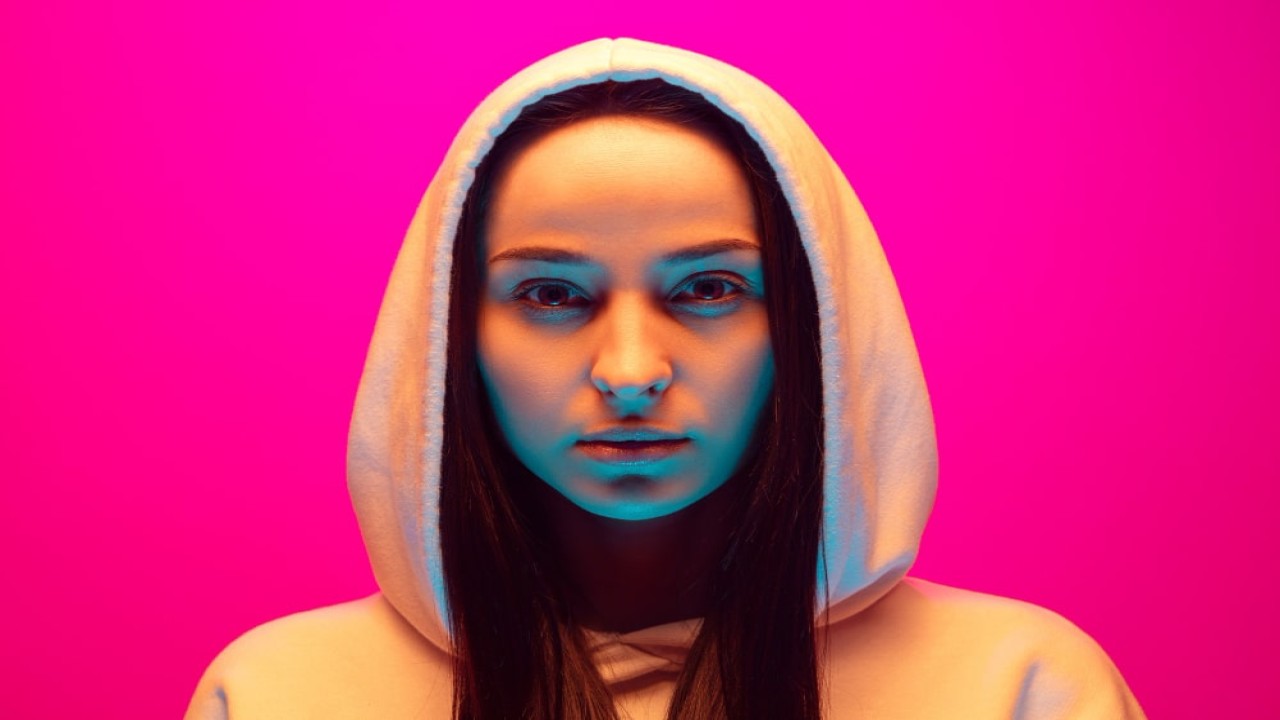
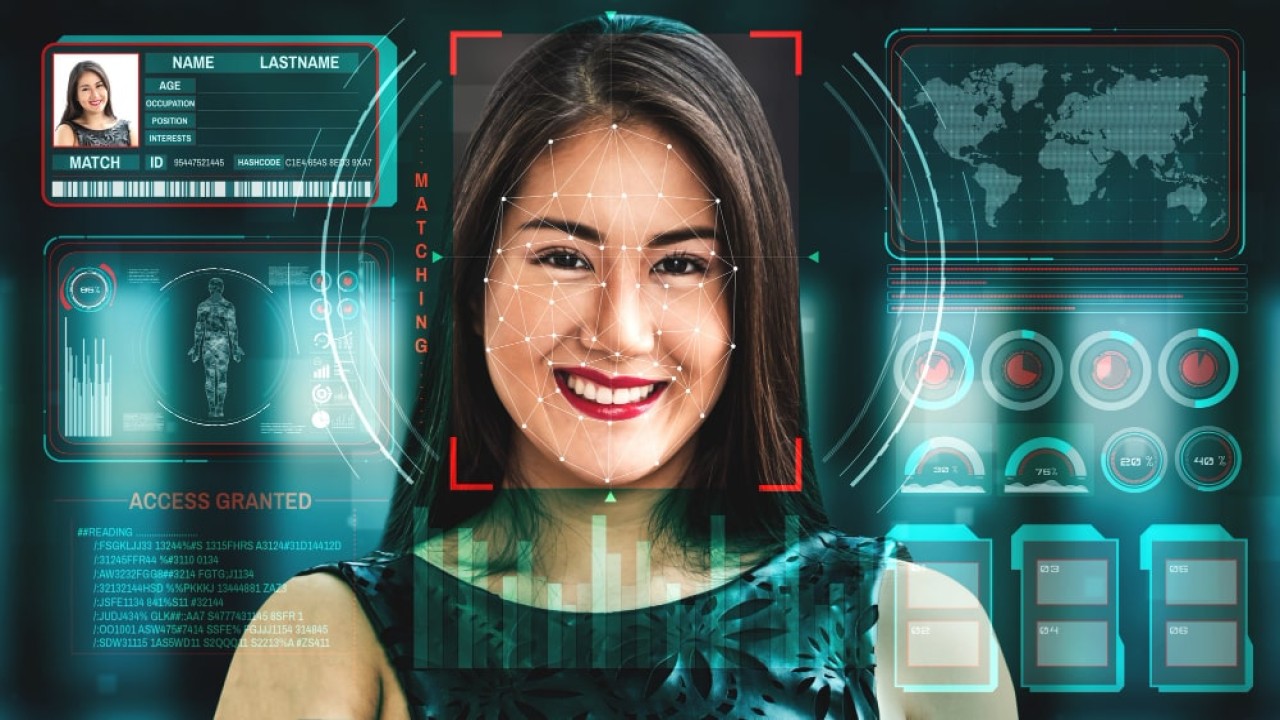
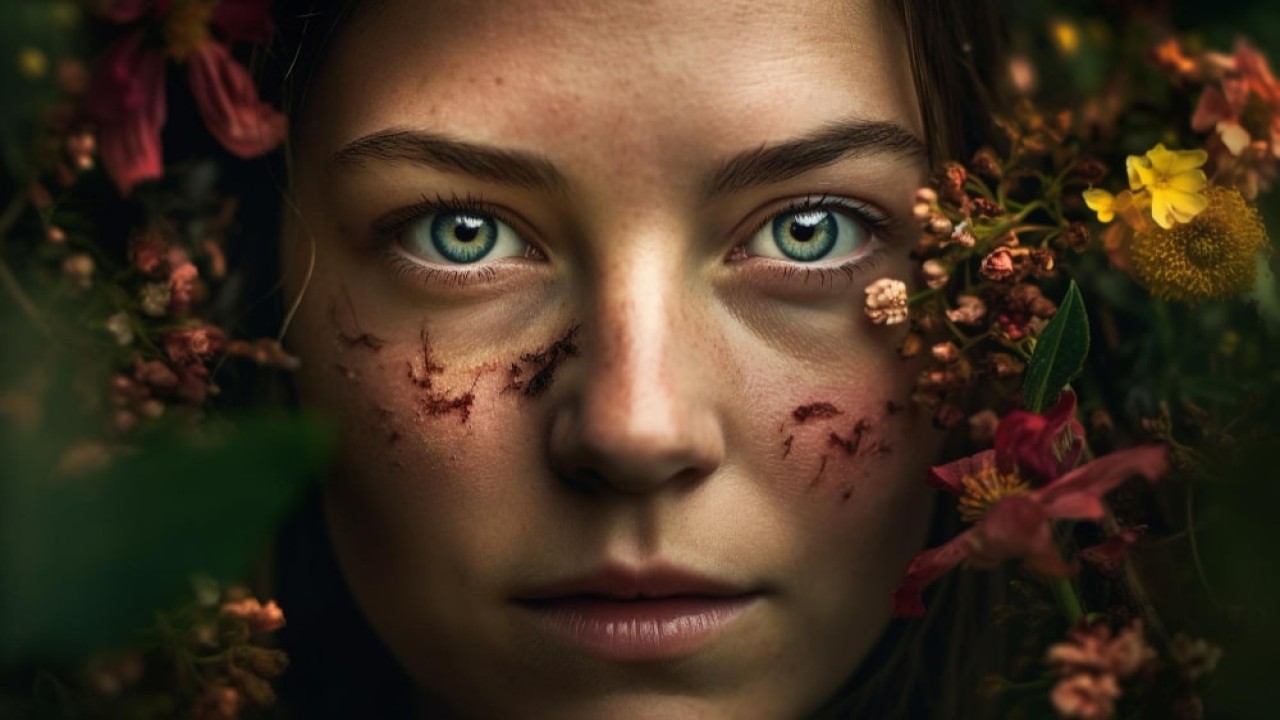
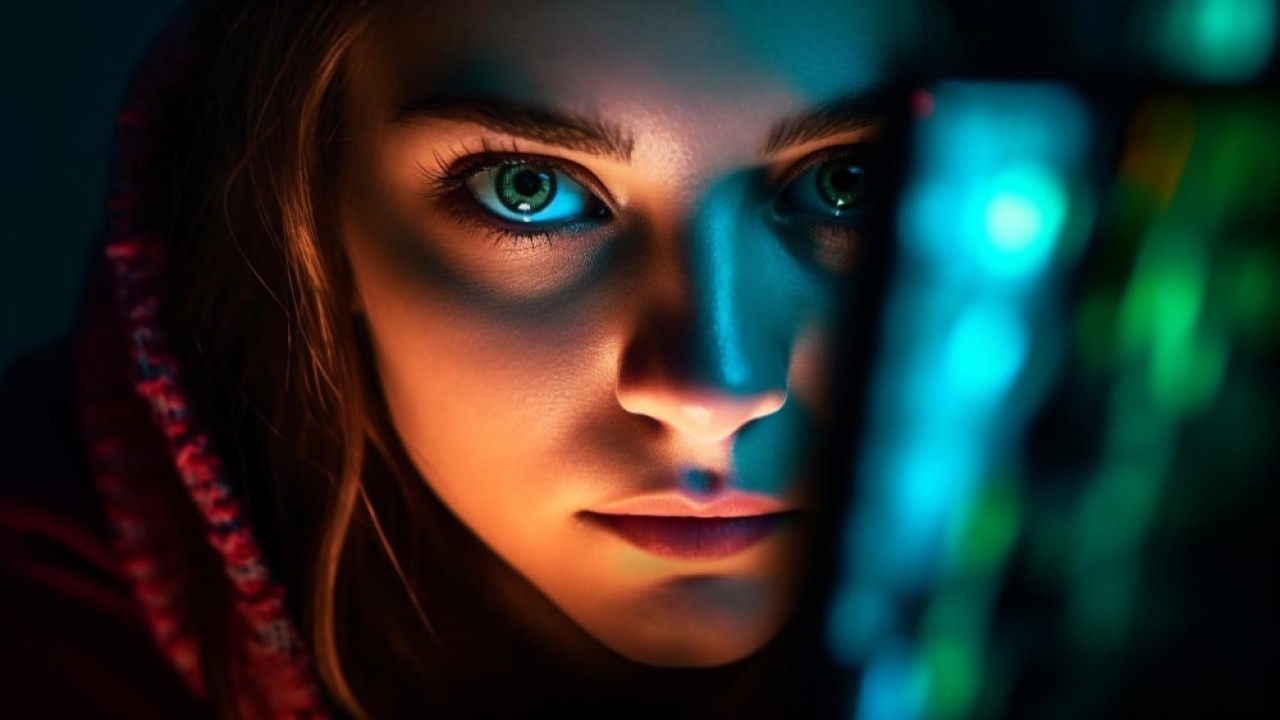
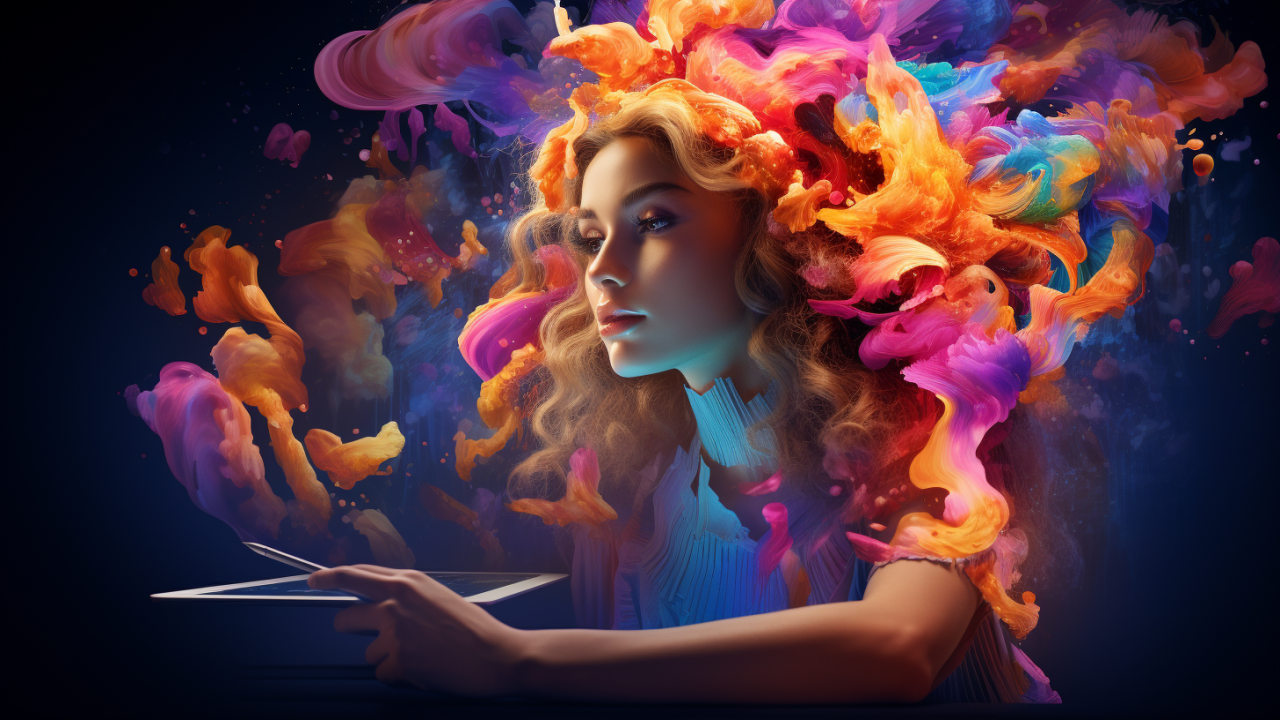
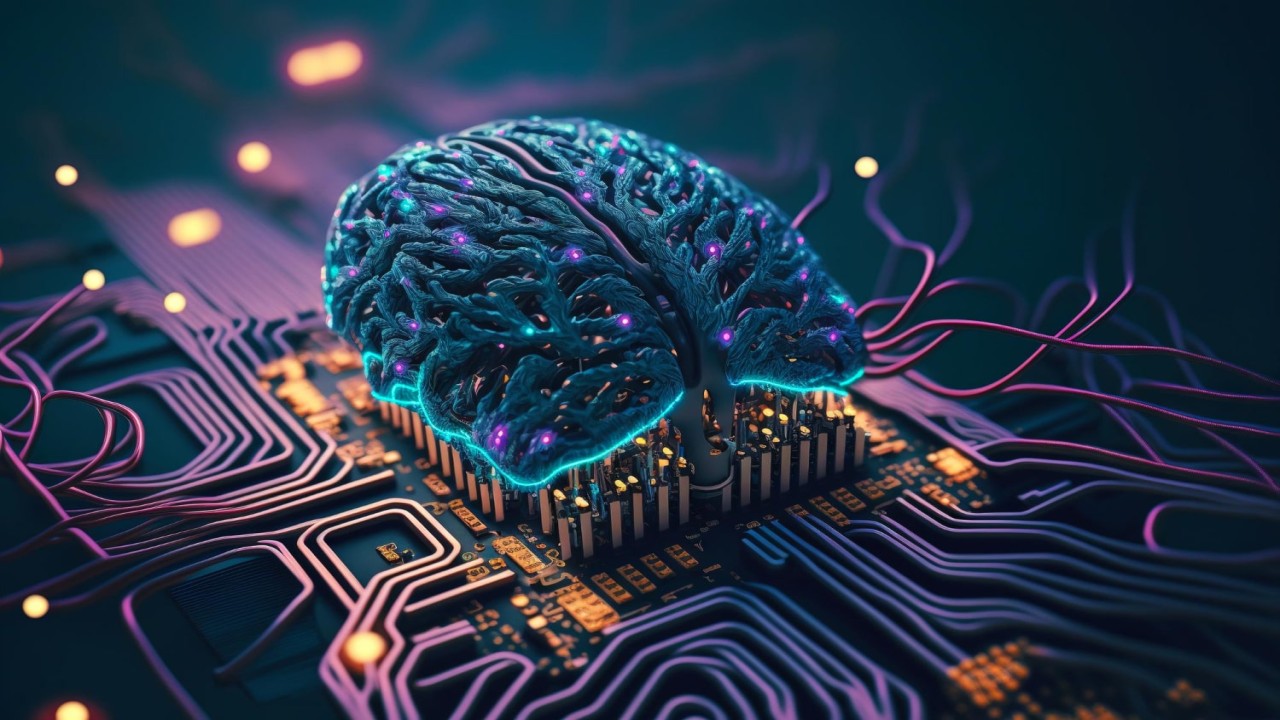
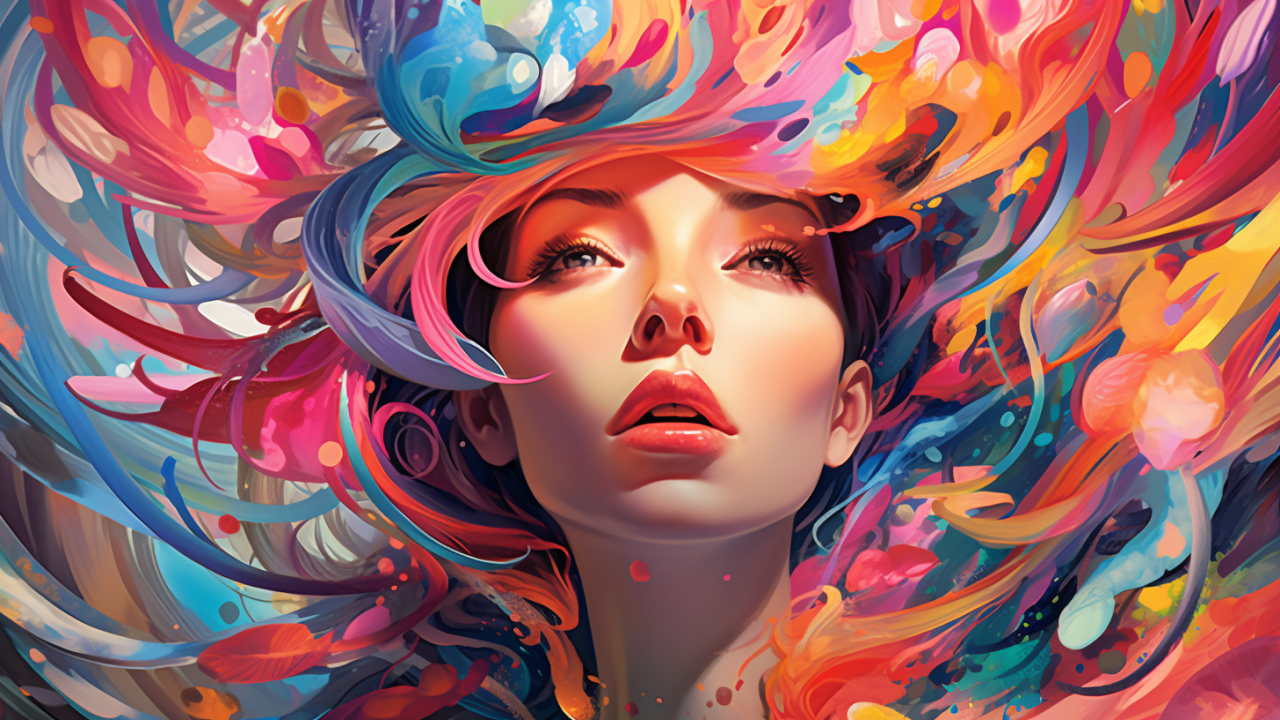
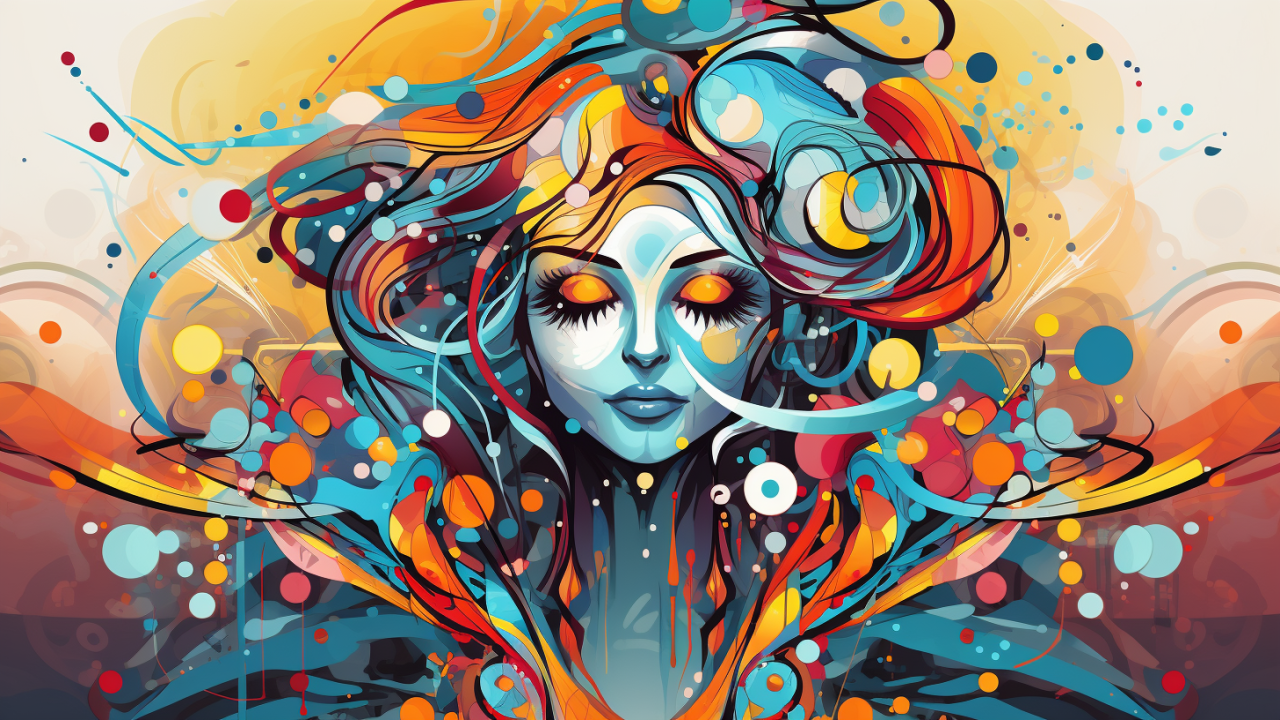
Comments (0)
No comments found